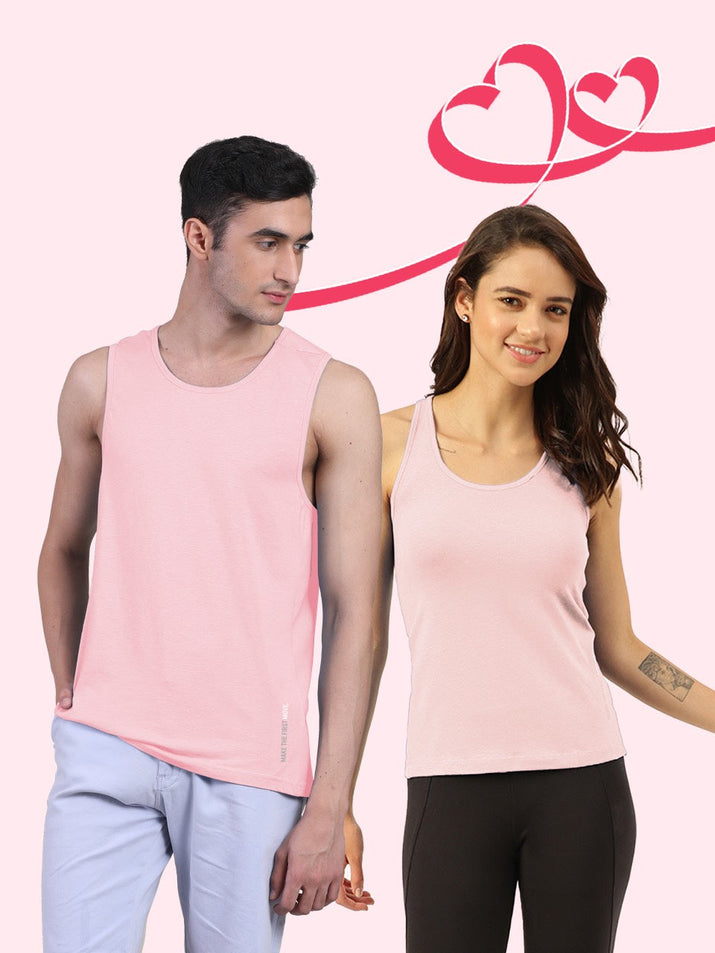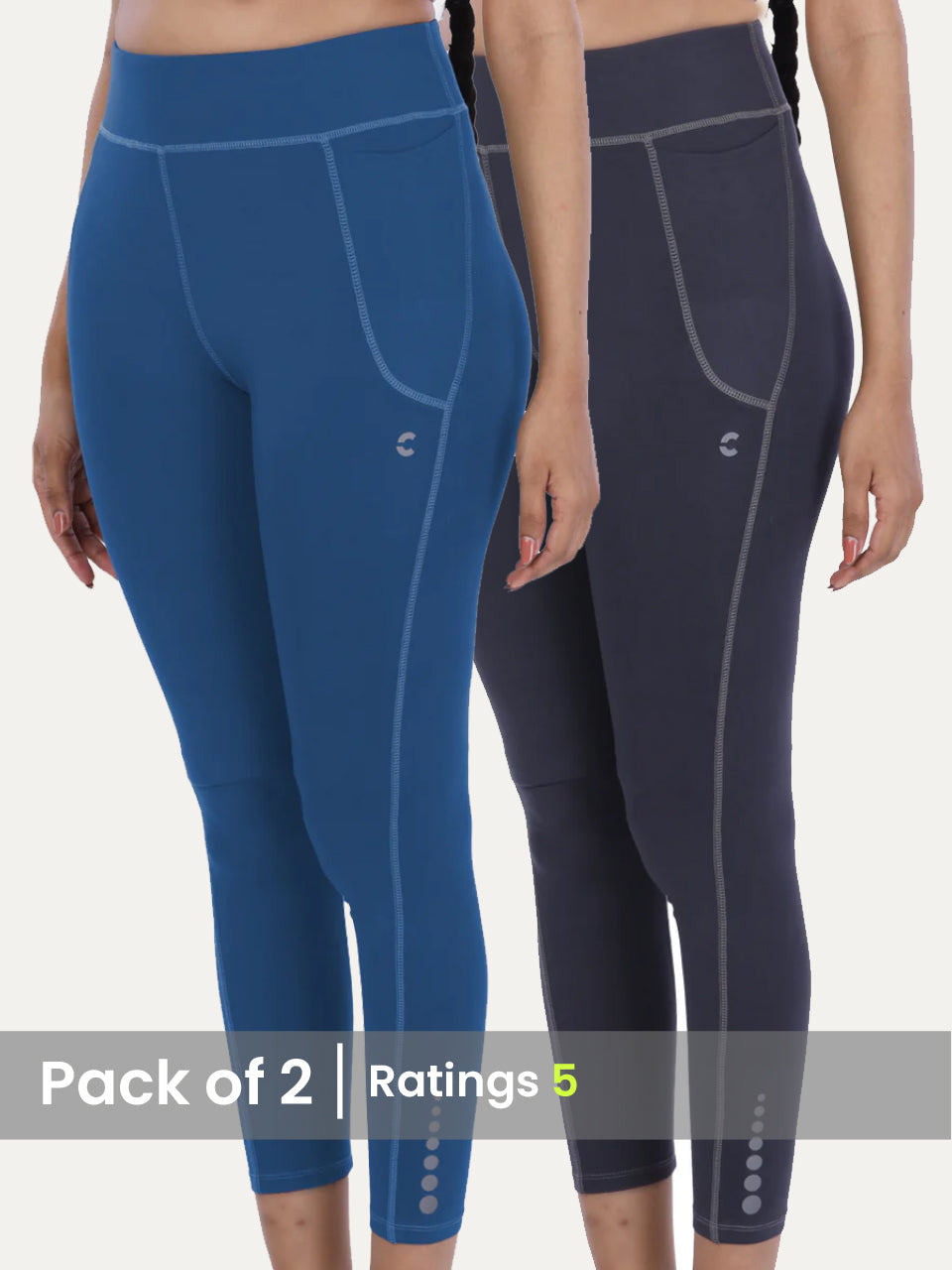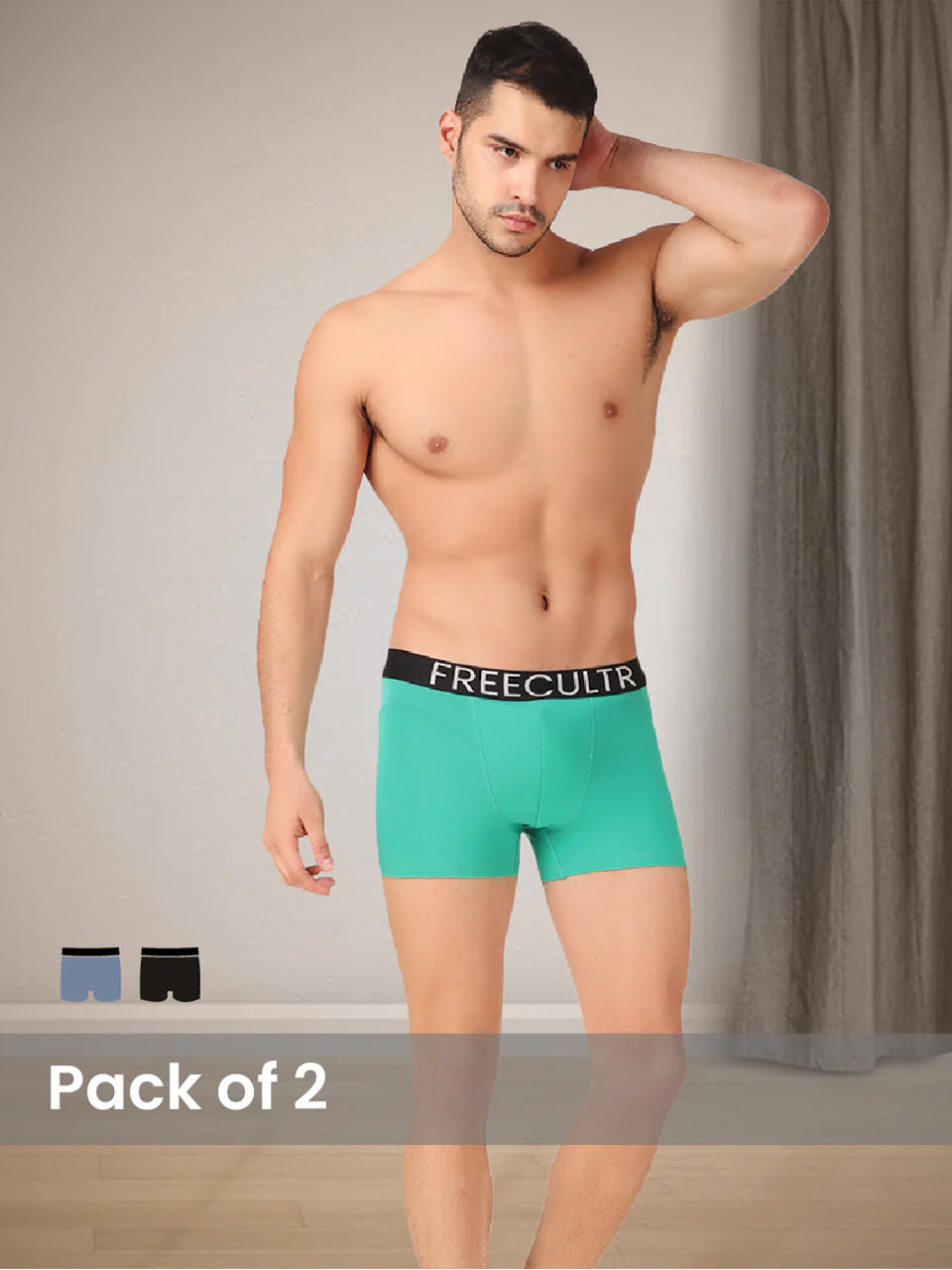Forget those sticky, unflattering tank tops of summers past! Today’s activewear demands performance and style. Your go-to tank should deliver both. We're diving deep into the anatomy of the perfect women's tank top – one that champions breathability without sacrificing a silhouette that makes you feel confident. It's not just about the fabric (though we'll cover cutting-edge moisture-wicking materials!). Also about the strategic design elements that create a flattering fit for every body type. Think carefully placed seams, thoughtfully engineered strap placement. Innovative construction techniques that move with you, whether you're crushing a HIIT workout or enjoying a sun-soaked afternoon. Get ready to redefine your expectations for this wardrobe staple.

The Science of Breathable Fabrics
Breathability in fabrics refers to their ability to allow moisture vapor to pass through. This is crucial for comfort, especially during physical activity or in warm weather. Several factors contribute to a fabric's breathability:
- Fiber Type: Natural fibers like cotton, linen. Merino wool are inherently more breathable than synthetic fibers like polyester or nylon. This is because they have a more porous structure that allows air and moisture to pass through more easily.
- Fabric Construction: The way a fabric is knitted or woven also affects its breathability. Open weaves and knit structures allow for better airflow compared to tightly woven fabrics. For example, a loosely knit jersey fabric will be more breathable than a tightly woven broadcloth.
- Moisture-Wicking Properties: Some fabrics are treated with finishes that enhance their ability to wick moisture away from the skin. These finishes typically involve applying chemicals that create a capillary effect, drawing moisture to the outer surface of the fabric where it can evaporate.
Understanding these factors is essential when choosing a tank top designed for breathability. Consider the activity you'll be doing and the climate you'll be in to make the best choice.
Key Fabric Technologies for Tank Tops
Several technologies are used to enhance the breathability and performance of tank top fabrics:
- Moisture-Wicking Finishes: These finishes are applied to fabrics to improve their ability to draw moisture away from the skin. Common finishes include durable water repellent (DWR) treatments and hydrophilic treatments.
- Engineered Knits: These are specialized knit structures designed to maximize airflow. Examples include mesh panels and open-knit patterns strategically placed in areas prone to sweating.
- Antimicrobial Treatments: These treatments inhibit the growth of odor-causing bacteria, helping to keep the tank top fresh even after repeated wear. Common antimicrobial agents include silver ions and triclosan (though the latter is becoming less common due to environmental concerns).
Example: A tank top might feature a polyester fabric treated with a moisture-wicking finish and incorporate mesh panels under the arms for enhanced ventilation. This combination of technologies provides optimal breathability and comfort.
Understanding Flattering Fit: Beyond Size
Achieving a flattering fit in a tank top goes beyond simply choosing the correct size. It involves considering several key elements:
- Neckline: The neckline can significantly impact how the tank top looks on your body. Scoop necks tend to be universally flattering, while V-necks can elongate the torso. High necklines can create a more modest and streamlined look.
- Strap Width: The width of the straps can affect the overall support and appearance of the tank top. Wider straps provide more support and can be more comfortable for larger busts, while thinner straps can create a more delicate and feminine look.
- Silhouette: The overall shape of the tank top is crucial. A-line silhouettes can be forgiving and flattering on a variety of body types, while fitted silhouettes can accentuate curves. Consider your body shape and choose a silhouette that complements your figure.
- Length: The length of the tank top can also affect its overall appearance. Cropped tank tops can be trendy and flattering on certain body types, while longer tank tops can provide more coverage and create a more streamlined look.
Personal Anecdote: I once struggled to find a tank top that fit well until I realized that the neckline was the key. I have broad shoulders. Scoop neck tank tops tend to look the most flattering on me. Experimenting with different necklines can make a big difference.
Fabric and Fit: A Symbiotic Relationship
The fabric and fit of a tank top are interconnected. A well-designed tank top considers how the fabric drapes and moves with the body. For example, a stretchy, form-fitting fabric will accentuate curves, while a looser, more structured fabric will create a more relaxed silhouette.
Here's how different fabrics can affect the fit of a tank top:
- Cotton: Cotton is a breathable and comfortable fabric. It can lose its shape over time. Cotton tank tops tend to have a more relaxed fit.
- Polyester: Polyester is a durable and moisture-wicking fabric that holds its shape well. Polyester tank tops tend to have a more fitted silhouette.
- Spandex/Elastane: Spandex or elastane is often blended with other fabrics to add stretch and improve the fit of the tank top. These blends allow the tank top to move with the body and maintain its shape.
Case Study: A popular athletic brand uses a blend of polyester and spandex in their tank tops to provide a snug yet comfortable fit that supports the body during workouts. The spandex allows for a full range of motion, while the polyester wicks away moisture.
Choosing the Right Tank Top for Your Activity
The best tank top for you will depend on the activity you'll be doing. Here's a breakdown of different tank top types and their ideal uses:
- Workout Tank Tops: These tank tops are typically made from moisture-wicking fabrics like polyester or nylon and feature a fitted silhouette that stays in place during exercise. They often have built-in bras for added support.
- Casual Tank Tops: These tank tops are typically made from cotton or linen and have a more relaxed fit. They are ideal for everyday wear and can be dressed up or down.
- Dressy Tank Tops: These tank tops are often made from silk or satin and feature embellishments like lace or beading. They are perfect for evenings out or special occasions.
Real-World Application: If you're planning a hiking trip, a moisture-wicking tank top with UPF protection is a must-have. If you're attending a summer wedding, a silk tank top with delicate lace detailing would be a stylish and appropriate choice.
Maintenance and Care for Longevity
Proper care is essential for extending the life of your tank tops. Here are some tips for washing and storing your tank tops:
- Read the Care Label: Always follow the instructions on the care label. Different fabrics require different washing and drying methods.
- Wash in Cold Water: Washing in cold water helps to prevent fading and shrinkage.
- Use a Gentle Detergent: Harsh detergents can damage delicate fabrics.
- Air Dry: Air drying is the best way to preserve the shape and elasticity of your tank tops. If you must use a dryer, use a low heat setting.
- Store Properly: Store your tank tops folded or hung in a cool, dry place. Avoid storing them in direct sunlight, which can cause fading.
By following these simple tips, you can keep your tank tops looking and feeling their best for years to come. This ensures you continue to enjoy both Fashion and Comfort for the long haul.
The Future of Tank Top Design
The future of tank top design is likely to be driven by innovation in fabric technology and a growing demand for sustainable and ethical production practices. We can expect to see:
- Advanced Fabrics: New fabrics with enhanced breathability, moisture-wicking properties. Antimicrobial performance.
- Sustainable Materials: Increased use of recycled materials and organic cotton.
- Personalized Fit: Technology that allows for customized fit based on body measurements and preferences.
- Smart Textiles: Tank tops with integrated sensors that track physiological data like heart rate and body temperature.
These advancements will further enhance the comfort, performance. Sustainability of tank tops, making them an even more essential part of the modern wardrobe. The blend of Fashion and Comfort will only become more seamless.
Conclusion
So, you've learned about the power of a well-designed women's tank top. It's more than just a piece of clothing; it's a confidence booster, a comfort provider. A style statement all rolled into one. Remember that breathable fabric is your best friend, especially during those summer months or intense workouts. Personally, I've found that pairing a neutral-colored tank with high-waisted jeans and a light jacket instantly elevates my casual look. And don't be afraid to experiment! With the rise of athleisure and mindful fashion choices, your tank can seamlessly transition from the gym to brunch. Now, go find that perfect tank that makes you feel amazing and conquer your day!More Articles
Tees – Premium Comfort & Lasting StyleBoxers for Women – Relaxed Fit & Breathable Cotton
Bandana – Versatile Accessory & Stylish Headwear
Sling Bag – Hands-Free Convenience & Stylish Design
FAQs
So, what makes this tank top 'breathable' exactly? I sweat a lot!
Good question! It's all about the fabric. We use a special blend, usually something like a moisture-wicking polyester or a breathable cotton blend. This helps pull sweat away from your skin so it can evaporate, keeping you cooler and drier. Think of it like tiny little fans working to keep you comfy.
Flattering fit, huh? What does that actually mean? I'm worried it'll be too tight or too loose.
I get it! 'Flattering fit' can be a bit vague. It usually means the tank is designed to skim your body without being clingy. It's often got a slightly tailored shape around the waist or bust to highlight your natural curves without feeling restrictive. Look for details like a gentle A-line or princess seams. Check the size chart carefully and maybe read reviews to see if it runs true to size.
How do I wash this thing without ruining it?
Always check the care label first! But generally, turning it inside out before washing helps protect the color and fabric. Use a gentle cycle with cold or lukewarm water. Avoid harsh detergents or bleach. Tumble dry on low or, even better, hang it to dry. This will help it last longer and prevent shrinkage.
Is this tank top see-through? That's my biggest fear with lighter colors.
That's a valid concern! It really depends on the fabric and the color. Lighter colors like white or pastels are often more prone to being see-through. Look for tanks that are double-layered in the front or made from a thicker, more opaque material. Reading reviews can also give you a heads-up from other customers about transparency issues.
Can I wear this tank top for working out, or is it more for casual wear?
It really depends on the specific design! If it's made from a high-performance, moisture-wicking fabric and has a good range of motion, then absolutely! But if it's a delicate fabric or a more relaxed fit, it might be better suited for everyday wear. Consider the support it offers too; you might need a sports bra underneath for high-impact activities.
What kind of bra should I wear with this tank top?
That depends on the neckline and the level of support you need! Racerback tanks look great with racerback bras, while tanks with wider straps can usually accommodate a regular bra. For lower necklines, a plunge bra might be a good option. And if you want to avoid visible straps altogether, a strapless bra or adhesive bra could work. Comfort is key!
Will this tank top shrink in the wash?
There's always a slight chance of shrinkage, especially with natural fibers like cotton. To minimize this, wash it in cold water and avoid high heat when drying. Hanging it to dry is the best way to prevent shrinkage altogether. Pre-shrunk fabrics are less likely to shrink, so keep an eye out for that detail in the product description.






